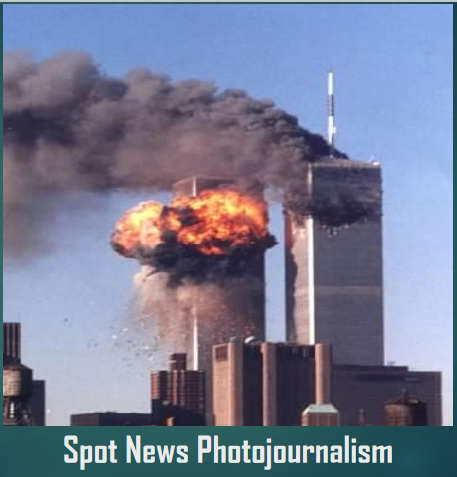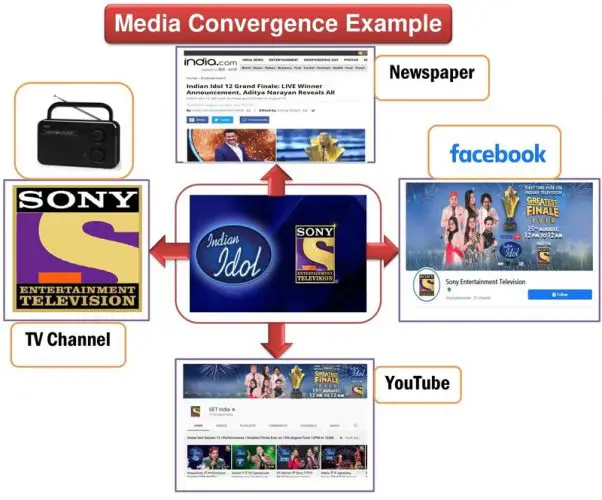Types of Photojournalism- Different Types of Photojournalism & Photography PDF. Examples of Photojournalism.
Photojournalism
Photojournalism uses photography to explain a moment, issue, incident, or story. It is a way of storytelling that represents a story visually via photos. Photojournalism is a part of print journalism that has become an essential part of journalism. In photojournalism, the photo attracts the audience to spend more time on it. It attracts the readers to read the entire story like a news lead. A good photo illustrates the entire story shortly.
Types of Photojournalism
Different Types of Photojournalism in Photography
The Eight Types of Photojournalism are:
- Spot News Photojournalism
- General News Photojournalism
- Feature Photojournalism
- Sports Action Photojournalism
- Sports Features Photojournalism
- Portrait/Personality Photojournalism
- Pictorial Photojournalism
- Illustration Photojournalism
1. Spot News Photojournalism
Spot news photographs carry an urgent, unplanned, and often unpleasant or undesirable ambiance. The coverage cannot be scheduled in advance. Spot news photography includes automobile accidents, airplane crashes, tornadoes, fires, murders, bank robberies, etc. It also represents various acute, exciting, and usually noteworthy occurrences that help characterize life. Usually, spot news occurs without notice and ends quickly, or its most newsworthy aspects do. Unless aftermath photos are acceptable, photographers must arrive soon. Many newspaper photographers use police monitors, cellular telephones, and social media platforms such as Facebook and Twitter to get spot news.

Covering Spot News
Once the photographer has arrived, the key to successfully covering spot news is to quickly ascertain what is going on and decide which aspect is the most important and truthful—which element is the most appropriate. Then photographers marshal all the technological and creative aspects of photojournalism to inform readers well within appropriate legal restraints and ethical limitations. Photographers should always record what appears to be the essential aspect first. It would help if you made every reasonable effort to keep intrusion to a minimum—by using attention-getting flash, staying physically as far from the action as possible, respecting police lines, take care not to destroy potential evidence—by walking on them.
Spot news often presents two sides: the hard-core event and the secondary but often humanizing aspects.
2. General News Photojournalism
Journalistic organizations schedule the general news photojournalism process, termed general or planned news. Covering general news may not have the adrenaline-producing excitement of raging fires, police shootouts, etc., but this category regularly offers photojournalists opportunities to inform readers about significant happenings. General news allows photojournalists to plan to know a story—what it is, where it came from, where it is, and where it probably is headed. If time allows, delve into subjects so you can make informed decisions about coverage and emphasis—you can avoid covering the superficial and obvious gimmick setup. Photojournalists should get familiar with the subject and physical layout of coverage sites.
Covering General News
You must be cooperative with reporters from your organization who can help you in your quest to inform readers visually. Reporters can provide insight into a story that photojournalists might miss.
Two Types of General News
- Hard News: Something that’s happening now. It’s “important” news. Seeks to inform rather than entertain.
- Breaking News: Hard news that’s happening right now. An ongoing story.
3. Features News Photojournalism
The feature is a broad category that includes images with at least some news value and pictures that may easily fit in one or more other non-news categories.
Two Types of Feature photojournalism are:
1) Lighthearted images that entertain more than inform.
2) Serious images that inform more than entertain.
Feature photojournalism examples:
For example, light-hearted images are squirrels chewing on nuts, children playing in large boxes, and parents pushing children on swings.
For example, serious images are dying people with AIDS mounting a valiant fight against the disease, a child violin prodigy destined for fame. Serious images convey news overtones or connections or probe the life of their community, to reach toward their subjects’ hearts and souls.
Editors use feature articles when space is available, and they have no images of a more severe and essential nature or when the graphically dull page needs sprucing up.
4. Sports Action Photojournalism
Sports action images are interested in capturing the actions as they happen. Photographing sports action is dangerous.
However, there are three important ways to minimize your risk in covering spots action and to ensure you record critical moments:
- Firstly, knowing how games are played.
- Secondly, knowing players’ and coaches’ strengths, weaknesses, and preferences.
- Finally, constantly being alert to potential as well as actual action.
Example of the best sports photojournalism of the year 2024

6. Portrait / Personality Photojournalism
The portrait/Personality category is not all faces, but it offers glimpses into hearts and souls. The photographer lets readers walk in the shoes of those pictured.
Although faces lend themselves to the person’s scrutiny, portrait/personality images need not be facial views to probe for deeper meaning. Back pictures and body forms can speak volumes. Good portrait/personality images reveal as much about the photographer as the photographer. Only image-makers attuned to nuances of nonverbal communication and comfortable with personal interaction can consistently visually plumb subjects’ inner selves. It represents emotion and sympathy.
7. Pictorial Photojournalism
Outstanding images in the pictorial category showcase the artistic side of photojournalism. Pictorials typically depend on light and form and their interaction. These images make readers pause, perhaps to reminisce about pleasant and similar experiences or to feel a little better and a little brighter.
Pictorial typically entertains more than informs.
8. Illustration Photojournalism
Illustration photojournalism refers to combined or manipulated images that create a “new” image. Nevertheless, news photographers can not manipulate a picture without calling it a photo illustration. Images in this category visually try to convey ideas concepts, and products. Both categories demand a particularly high technical photographic expertise and keen, incisive minds that can produce images that convey the intended messages while doing so in clever, eye-catching ways.
Examples Photo of Illustration Photojournalism
In conclusion, the eight examples of photojournalism are spot news, general news, feature, sports action, sports features, portrait, pictorial and illustration photojournalism.



